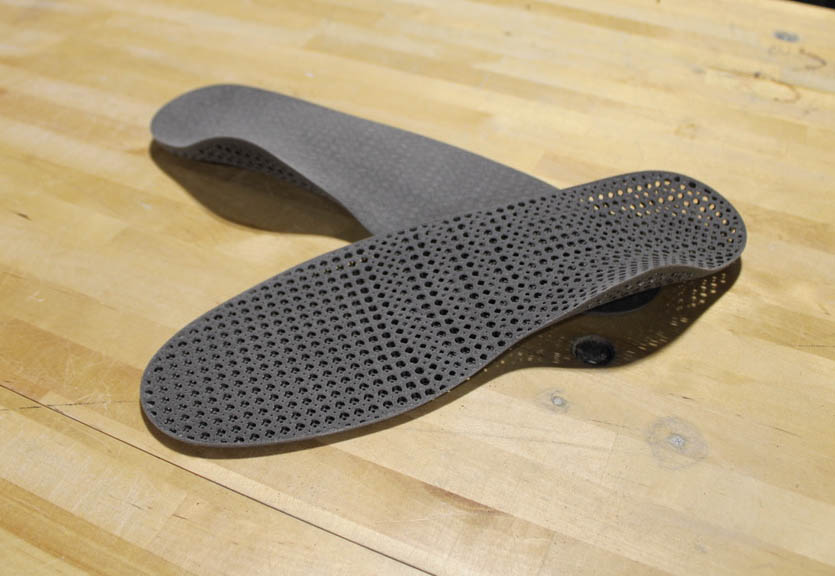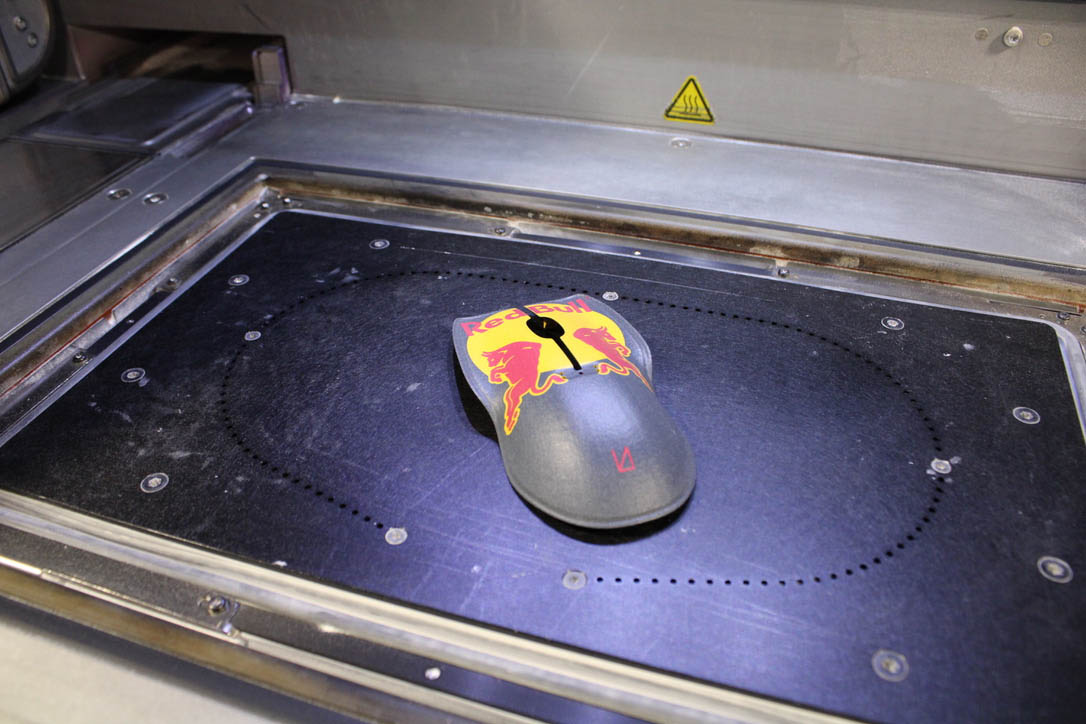3D prototypes are essential for product production and testing, and cost-effective manufacturing is critical for business success. 3D printing is used across many different industries for all sorts of projects including sports, aerospace engineering, architecture, industrial machinery, prosthetics, consumer goods, and many more. These 3D prints can serve many different purposes within their respective industries, and these industries typically need a high volume of manufactured parts in short periods of time made of quality and cost-effective materials. These demands can be met more efficiently through 3D printing rather than traditional manufacturing.
 Traditional manufacturing is simply not a cost-effective manufacturing method for many reasons. Just the material costs for tooling changes alone can add up to more than $100,000. Traditional manufacturing has elements to it like mold casting, tooling amortization, tooling changes, and minimum order quantities that are typically used to hide tooling fees. The National Institute of Standards and Technology reported that over $537 billion was tied up in inventory in 2011 and this statistic has only increased since then. Additionally, traditional manufacturing timelines can range anywhere from 3-6 months based on the specific item being produced, type of mold being used, and the number of units needed to fill the order.
Traditional manufacturing is simply not a cost-effective manufacturing method for many reasons. Just the material costs for tooling changes alone can add up to more than $100,000. Traditional manufacturing has elements to it like mold casting, tooling amortization, tooling changes, and minimum order quantities that are typically used to hide tooling fees. The National Institute of Standards and Technology reported that over $537 billion was tied up in inventory in 2011 and this statistic has only increased since then. Additionally, traditional manufacturing timelines can range anywhere from 3-6 months based on the specific item being produced, type of mold being used, and the number of units needed to fill the order.
3D printing eliminates many of the downsides of traditional manufacturing. One of 3D printing’s biggest benefits is that it allows manufacturers to produce one or multiple prints without charging for each individual part. This cuts out the cost of the tooling step and does away with those minimum order quantities that so often end up stretching the budget.
 3D printing also cuts down on operational costs. Most of the “heavy lifting” in the 3D printing process is done autonomously by the machine itself. Traditional manufacturing requires a lot of hands-on attention from people, which inevitably costs money. 3D printing cuts down on the amount of time needed to produce parts, and companies only pay for the percentage of time the machine is operating versus the amount of personpower and time combined.
3D printing also cuts down on operational costs. Most of the “heavy lifting” in the 3D printing process is done autonomously by the machine itself. Traditional manufacturing requires a lot of hands-on attention from people, which inevitably costs money. 3D printing cuts down on the amount of time needed to produce parts, and companies only pay for the percentage of time the machine is operating versus the amount of personpower and time combined.
Another big chunk of savings comes from material costs. Far less material is used to produce parts 3D printed parts than traditional manufacturing. A heavily used printer (40-168 hours per week) uses about 20 kilograms of fresh material a week, not including recycling the unused powder back into the next build, meaing that the 20 kilograms of powder can be reused for up to 10 times after the initial use. Cutting down on costs and consumption.
Another benefit that cannot be overstated is that 3D printing is more eco-conscious than traditional manufacturing techniques. 3D printing cuts down on carbon emissions as well as reduces waste by only printing what is necessary. 3D printing achieves a smaller carbon footprint by cutting down on supply chain and delivery carbon-producing transportation steps. As an example, parts produced by traditional manufacturing create about 14 tons of CO2 emissions whereas the same parts 3D printed clock in at only 0.8 tons of emissions. Shipping products and finished goods via plane accounts for about 10 tons of traditional manufacturing CO2 emissions. 3D printing also operates on lower power systems than the machinery of traditional manufacturing.
At ABCorp we keep all of these costs in mind when we provide services to our customers. There are a few things we continue to do to make sure we can keep satisfying any request that comes our way. Having technology like SolutionIX that automates inspection and the Girbau DY130 to apply consistent color helps streamline the manufacturing process and cut down on mistakes during production. Adding materials like durable Nylon 11 (PA11) that is made from renewable castor beans to our full roster of great materials allows us to offer more to our customers than we could before. Expanding our catalog of materials and expanding our additive manufacturing practices makes it easier for us to assist customers with their manufacturing needs as well as keep the costs of production to a minimum.
